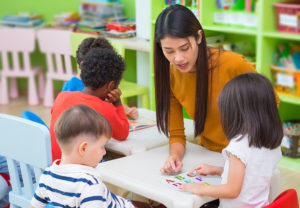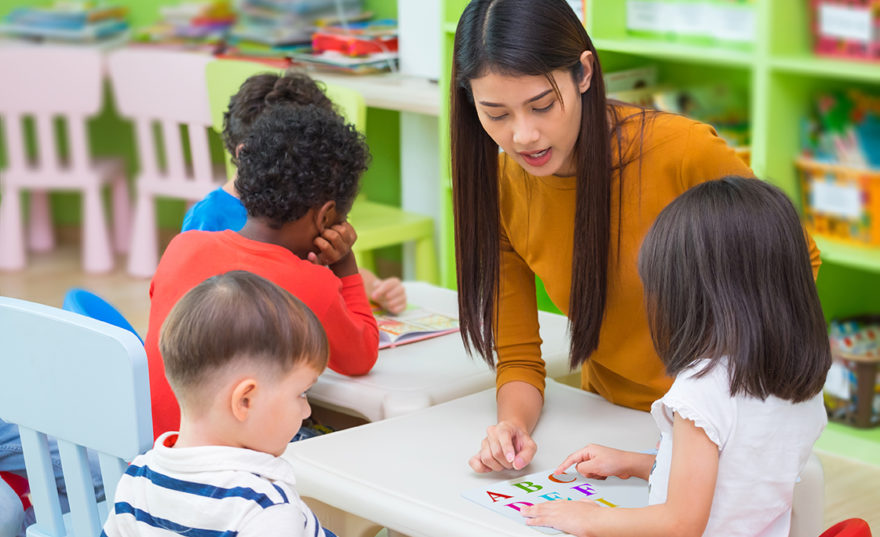Social impairment is a core deficit of children with autism spectrum disorder (ASD). Children with ASD face complex social challenges in school, particularly in inclusive settings. Social impairment may manifest as playground isolation, peripheral inclusion in peer social networks, poor friendship reciprocity, or peer rejection. Although many studies document the ways in which children with ASD differ from typically developing children, few have highlighted the strengths and abilities of children with ASD. The article by Jill Locke, Justin Williams, Wendy Shih, and Connie Kasari argued that many children with ASD are socially successful and have social outcomes comparable to their typically developing peers. The researchers examined the characteristics, both malleable and stable, of socially successful children with ASD.
The researchers conducted a study with 148 elementary-aged children with ASD. Standard assessments were conducted to determine intelligence quotient (IQ), autism symptom severity, as well as playground engagement, friendships, rejections, and social network inclusion. The researchers categorized children with ASD by their social success based on their engagement on the playground as: Group 1 – children with ASD that had high social salience and high playground peer engagement; Group 2 – children with ASD that had high social salience or high playground peer engagement; and Group 3 – children with ASD that were neither high in social salience nor high on playground peer engagement. The researchers analyzed potential predictor variables including: age, sex, ASD severity, class size, received friendship nominations, outward friendship nominations, rejections, and peer connections.

The results indicated that a number of malleable factors significantly predicted playground peer engagement (class size, autism symptom severity, peer connections) and social network salience (autism symptom severity, peer connections, received friendships). In addition, age was the only stable factor that significantly predicted social network salience. Interestingly, two malleable (i.e., peer connections and received friendships) and no stable factors (i.e., age, IQ, sex) predicted overall social success (e.g., high playground peer engagement and social network salience) in children with ASD.
The authors reported that the results of this study suggested that factors that are predictive of social success are malleable, or factors that can be changed and can be prime targets for intervention. In the end, this study revealed two factors that predicted social success: the number of received friendship nominations and peer connections. Both of these factors are considered malleable making them sensitive to change from intervention. The authors reported that previous research indicated that children with ASD received a higher number of friendship nominations following peer-mediated intervention, indicating that peer-mediated interventions may be critical to improving social success. When considering peer-mediated interventions, the authors noted that there are a number of peer mediated interventions, including clubs, shared activities on the playground, or social groups, that have demonstrated improved playground engagement and may lead to social success.
Key points
- This study examined characteristics of children with autism in public schools from three intervention trials for indicators of social success.
- Children with autism in large classrooms, with lower autism symptom severity, and more peer connections had significantly higher playground joint engagement.
- Younger children, with lower autism symptom severity, and more peer connections showed significantly higher social network salience.
- The number of peer connections and the number of received friendship nominations were associated with highly successful children (on both playground engagement and social network salience).
- Results suggest that there are socially successful children with autism in classrooms with identifiable malleable traits that can be addressed in intervention.
This article is a summary of the paper published in JCPP – Locke J, Williams J, Shih W, Kasari C. Characteristics of socially successful elementary school-aged children with autism (2017) Journal of Child Psychology and Psychiatry, 58, 94–102. doi: 10.1111/jcpp.12636

